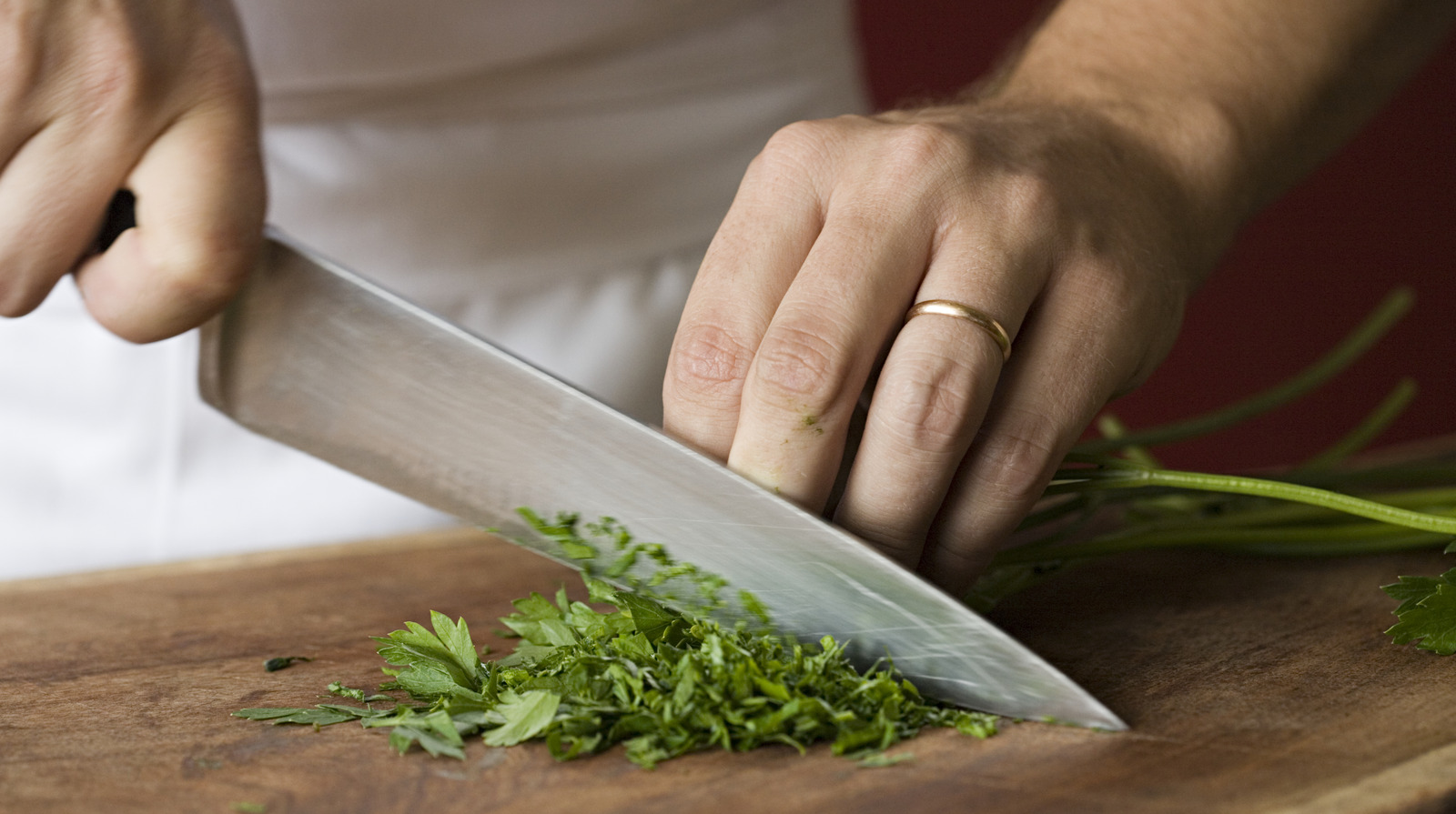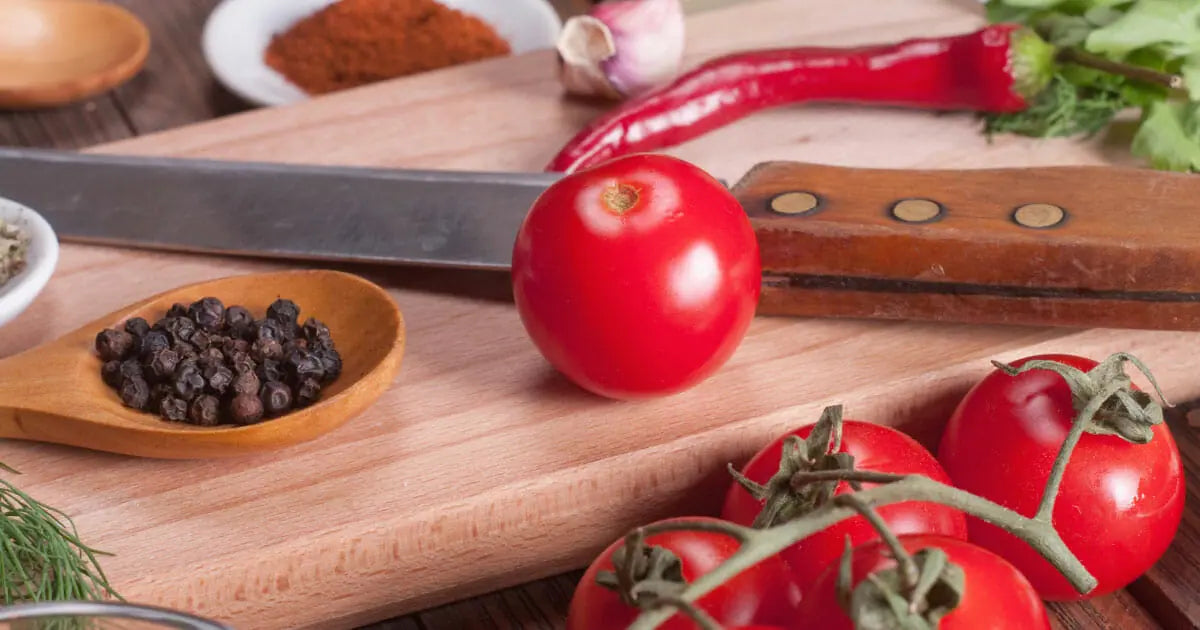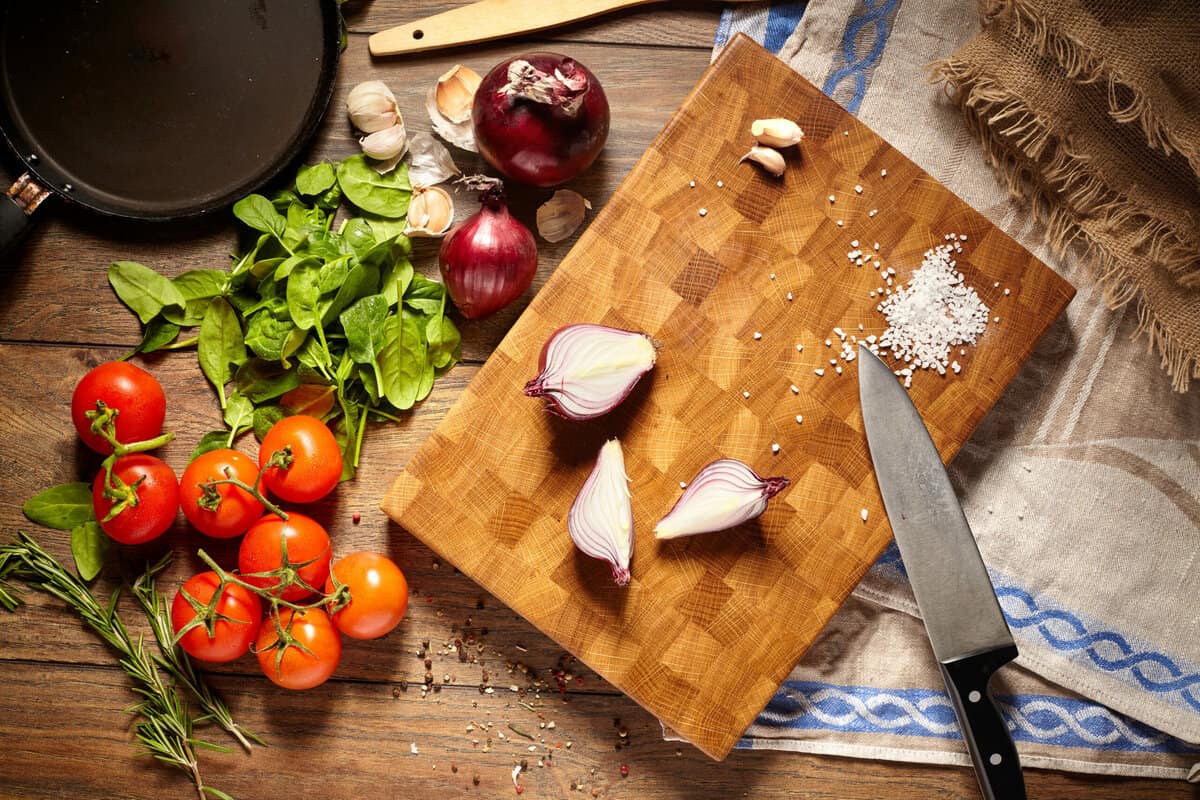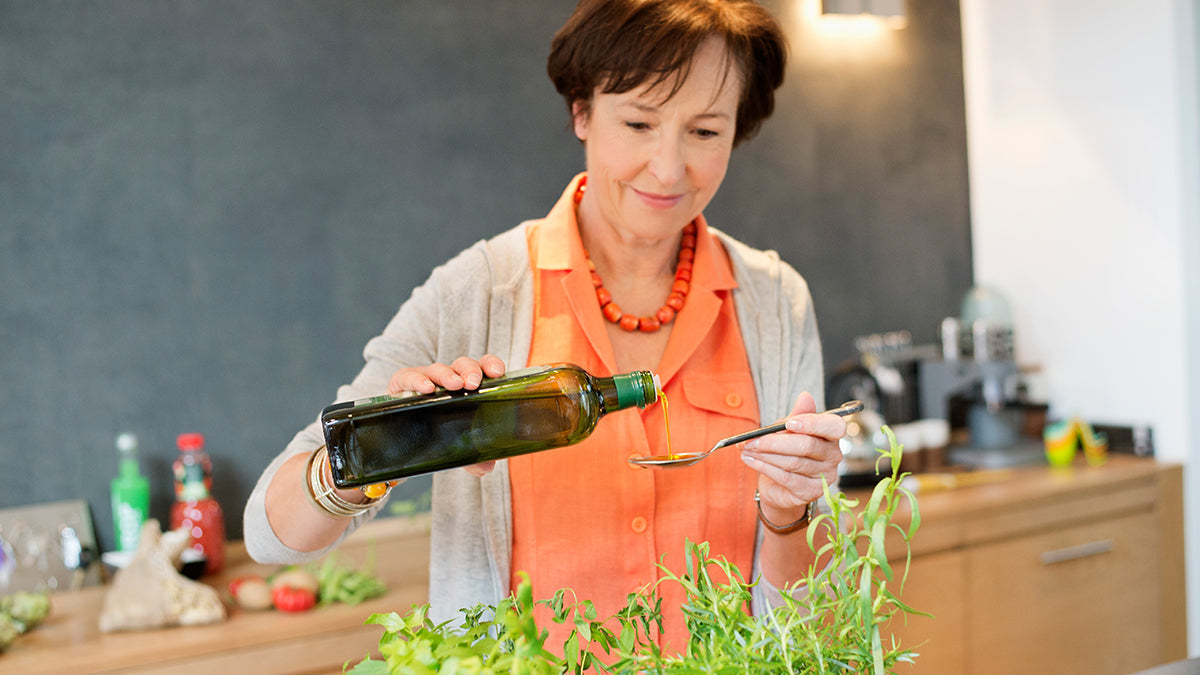For kitchen professionals, the tools they choose can make or break efficiency, hygiene, and even the quality of their work. One such choice often debated is whether to use a plastic cutting board or a wooden cutting board. While wooden boards have long been a kitchen staple, many chefs might opt for plastic cutting boards for specific reasons. This shift in preference has practical justifications rooted in modern kitchen needs, making it a topic worth diving into.
Whether youre a professional chef or an avid home cook, understanding why might a chef choose a plastic cutting board over a wooden one can help you make informed choices based on your cooking environment, safety standards, and cleaning ease. Lets break this down and explore the details.

The Importance of Cutting Boards in a Chefs Arsenal
Cutting boards are essential in every kitchen. Beyond being the surface on which ingredients are prepped, they play a crucial role in maintaining food hygiene and preventing cross-contamination. As such, the type of cutting board you use matters significantly. Chefs often weigh the differences between plastic and wooden boards, taking into account their unique properties and the demands of a professional kitchen.
Both options have their pros and cons; however, factors such as cleaning convenience, hygiene standards, knife maintenance, and durability can sway the decision toward plastic boards in certain cases. Let's explore why.
Hygiene and Food Safety: A Cornerstone of Kitchen Operations
One of the top reasons chefs prefer plastic cutting boards over wooden ones is the issue of hygiene. In professional kitchens, cross-contamination is a constant threat, especially when preparing raw meat, seafood, and various other perishable ingredients. Plastic cutting boards are non-porous, meaning they dont absorb liquids like wood does. This property makes them less likely to harbor bacteria, which can quickly become a hygiene concern.
In fact, according to insights shared on this food safety guide, choosing the right cutting board material is critical in reducing potential bacterial risks. Because plastic is easier to sanitize, chefs often feel more confident using it in fast-paced environments.
Ease of Cleaning
Certain cleaning processes, such as using dishwashers or sanitizing solutions, can be safely applied to plastic cutting boards without causing damage. Wooden boards, on the other hand, may warp or crack when exposed to excessive water or cleaning chemicals. Plastic boards can also undergo quick sterilization, a significant advantage in professional kitchens where speed and cleanliness are paramount.
Durability in High-Traffic Kitchens
Professional kitchens can be a battlefield with tools and surfaces enduring constant, heavy use. While wooden boards are sturdy and durable, they often require regular maintenance, like oiling, to keep them in top shape. Plastic boards, despite not being as visually appealing, are highly resilient to immediate wear and tear. Their ability to withstand repeated impacts from knives without significant maintenance makes them a practical option in commercial spaces.
Sustainability and Cost Considerations
From a cost perspective, plastic cutting boards typically have a lower upfront price compared to high-quality wooden boards. For chefs managing kitchens on tight budgets or operations, this cost-effectiveness becomes a compelling reason to choose plastic. Additionally, plastic boards last as long as necessary in demanding kitchens before needing replacement.
While wooden boards tend to have a longer lifecycle with proper care, their higher initial investment can deter chefs from embracing them outright, especially if their kitchens prioritize efficiency over style.
The Debate on Knife Maintenance
Knife maintenance is another area where the debate over plastic vs. wooden cutting boards arises. Wooden boards are often considered gentler on knives, helping blades retain their sharpness. However, advancements in plastic cutting board design have introduced surfaces that are equally forgiving, making them a viable alternative.
Aesthetics Meet Functionality
Though appearance rarely takes precedence over functionality in professional kitchens, its worth noting that wooden boards are often chosen for their aesthetic charm and natural composition. However, plastic boards now come in a variety of colors and designs, catering to preferences while enhancing their practicality.
Color Coding for Streamlined Workflow
Plastic cutting boards are often available in different colors, which play a pivotal role in preventing cross-contamination. For example, a red cutting board may be designated for raw meat, while a green board is used for veggies. This color-coded system ensures chefs maintain maximum food safety protocols without risking confusion. For more information on how color-coded boards work, check out this deep dive into cutting board colors.
FAQs
Are plastic cutting boards safer than wooden ones?
Plastic cutting boards are non-porous and easier to sanitize, making them potentially safer for use with raw meats and other perishable ingredients. However, both types have unique advantages and require proper cleaning techniques to ensure safety.
How long does a plastic cutting board last?
This depends on the frequency of use and proper care. In professional kitchens, plastic cutting boards may last several months to a year before needing replacement due to wear and tear.
Can you use plastic cutting boards for all types of food?
Yes, plastic cutting boards can handle a variety of foods, including meat, fruits, and vegetables, especially when used in conjunction with color-coding systems to prevent cross-contamination.

Final Thoughts
When pondering why might a chef choose a plastic cutting board over a wooden one, its clear that the decision comes down to practicality, hygiene, and ease of use. While wooden boards bring charm and durability, plastic cutting boards are ideal for fast-paced kitchen environments requiring efficiency and safety.
For more guidance on kitchen tools and how to optimize their use, visit this detailed guide. Whether youre a chef or home cook, choosing the right tools can elevate your cooking experience to new heights. At its core, the debate isnt just about materialsits about finding what works best for your unique culinary style.
This article contains affiliate links. We may earn a commission at no extra cost to you.






Leave a comment
This site is protected by hCaptcha and the hCaptcha Privacy Policy and Terms of Service apply.